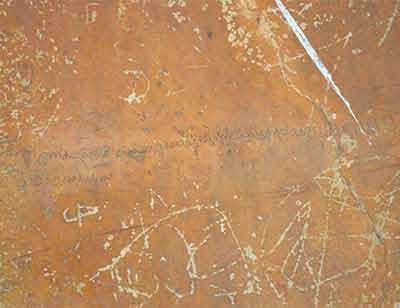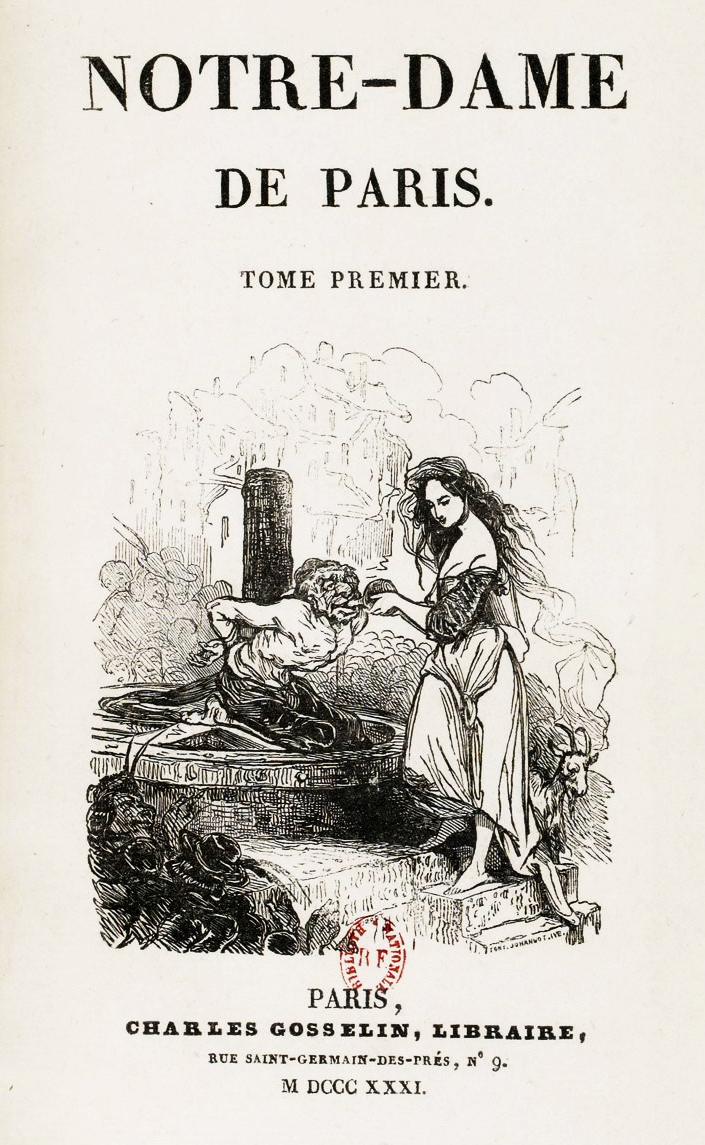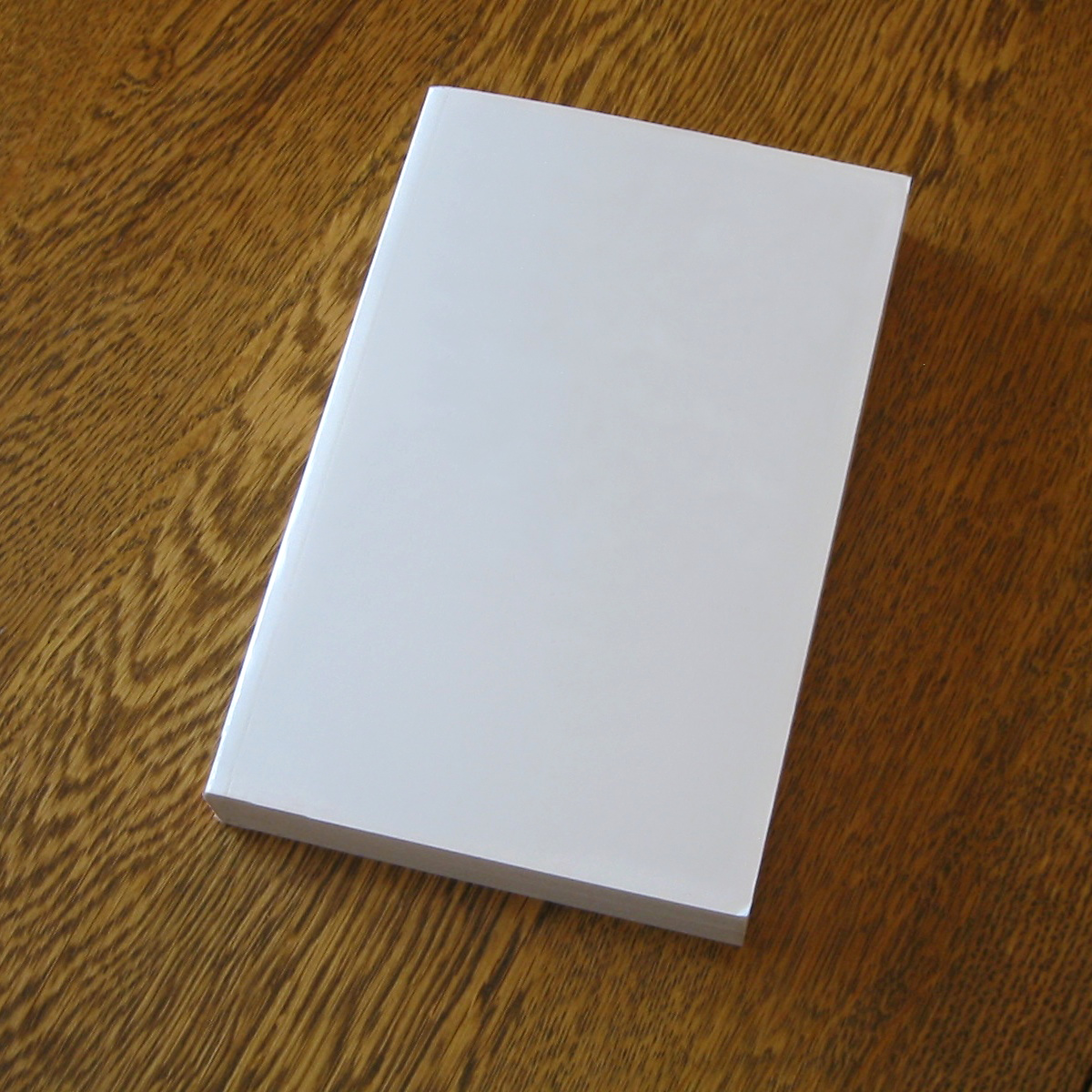|
Kaliyugaya (novel)
''Kaliyugaya'' (Sinhala, '' Age of Darkness'') is a novel written by Sinhala writer Martin Wickremasinghe and first published in 1957. It is the second book of Wickremasinghe's trilogy that started with '' Gamperaliya - transformation of a village''. The final book, published in 1983, of the trilogy is '' Yuganthaya'' (culmination of the era). It was adapted into a movie by Lester James Peries Sri Lankabhimanya Lester James Peries (Sinhala language, Sinhala: ශ්රී ලංකාභිමාන්ය ලෙස්ටර් ජේම්ස් පීරිස්; 5 April 1919 – 29 April 2018) was a Sri Lankan film director, ... in 1981. The story follows the events of Wickramasinghe's novel '' Gamperaliya'' and depicts the lives of Nanda and Piyal after their marriage and their children. References 1957 novels Sri Lankan novels Novels set in Sri Lanka Sri Lankan novels adapted into films Novels by Martin Wickramasinghe {{1950s-hist-novel-stub ... [...More Info...] [...Related Items...] OR: [Wikipedia] [Google] [Baidu] |
Martin Wickremasinghe
Lama Hewage Don Martin Wickramasinghe, (commonly known as Martin Wickramasinghe) () (29 May 1890 – 23 July 1976) was a Sri Lankan journalist and author. His books have been translated into several different languages. Martin Wickramasinghe is often acclaimed as the father of modern Sinhala literature.Martin Wickramasinghe: Literary colossus of the last Century by W. A. Abeysinghe (Island) Accessed 2016-09-27Biographical sketch of Martin Wickramasinghe by Ranga Wickramasinghe (Daily News) Accessed 2016-09-27 [...More Info...] [...Related Items...] OR: [Wikipedia] [Google] [Baidu] |
Sri Lanka
Sri Lanka, officially the Democratic Socialist Republic of Sri Lanka, also known historically as Ceylon, is an island country in South Asia. It lies in the Indian Ocean, southwest of the Bay of Bengal, separated from the Indian subcontinent, Indian peninsula by the Gulf of Mannar and the Palk Strait. It shares a maritime border with the Maldives in the southwest and India in the northwest. Sri Jayawardenepura Kotte is the legislative capital of Sri Lanka, while the largest city, Colombo, is the administrative and judicial capital which is the nation's political, financial and cultural centre. Kandy is the second-largest urban area and also the capital of the last native kingdom of Sri Lanka. The most spoken language Sinhala language, Sinhala, is spoken by the majority of the population (approximately 17 million). Tamil language, Tamil is also spoken by approximately five million people, making it the second most-spoken language in Sri Lanka. Sri Lanka has a population of appr ... [...More Info...] [...Related Items...] OR: [Wikipedia] [Google] [Baidu] |
Sinhalese Language
Sinhala ( ; Sinhala: , , ), sometimes called Sinhalese ( ), is an Indo-Aryan language primarily spoken by the Sinhalese people of Sri Lanka, who make up the largest ethnic group on the island, numbering about 16 million. It is also the first language of about 2 million other Sri Lankans, as of 2001. It is written in the Sinhalese script, a Brahmic script closely related to the Grantha script of South India. The language has two main varieties, written and spoken, and is a notable example of the linguistic phenomenon known as diglossia. Sinhala is one of the official and national languages of Sri Lanka. Along with Pali, it played a major role in the development of Theravada Buddhist literature. Early forms of the Sinhalese language are attested to as early as the 3rd century BCE. The language of these inscriptions, still retaining long vowels and aspirated consonants, is a Prakrit similar to Magadhi, a regional associate of the Middle-Indian Prakrits that had been spo ... [...More Info...] [...Related Items...] OR: [Wikipedia] [Google] [Baidu] |
Historical Novel
Historical fiction is a literary genre in which a fictional plot takes place in the setting of particular real historical events. Although the term is commonly used as a synonym for historical fiction literature, it can also be applied to other types of narrative, including theatre, opera, cinema, and television, as well as video games and graphic novels. An essential element of historical fiction is that it is set in the past and pays attention to the manners, social conditions and other details of the depicted period. Authors also frequently choose to explore notable historical figures in these settings, allowing readers to better understand how these individuals might have responded to their environments. The historical romance usually seeks to romanticize eras of the past. Some subgenres such as alternate history and historical fantasy insert intentionally ahistorical or speculative elements into a novel. Works of historical fiction are sometimes criticized for lack ... [...More Info...] [...Related Items...] OR: [Wikipedia] [Google] [Baidu] |
Paperback
A paperback (softcover, softback) book is one with a thick paper or paperboard cover, also known as wrappers, and often held together with adhesive, glue rather than stitch (textile arts), stitches or Staple (fastener), staples. In contrast, hardcover, hardback (hardcover) books are bound with cardboard covered with cloth, leather, paper, or plastic. Inexpensive books bound in paper have existed since at least the 19th century in such forms as pamphlets, yellow-backs, yellowbacks and dime novels. Modern paperbacks can be differentiated from one another by size. In the United States, there are "mass-market paperbacks" and larger, more durable "trade paperbacks". In the United Kingdom, there are A-format, B-format, and the largest C-format sizes. Paperback editions of books are issued when a publisher decides to release a book in a low-cost format. Lower-quality paper, glued (rather than stapled or sewn) bindings, and the lack of a hard cover may contribute to the lower cost of ... [...More Info...] [...Related Items...] OR: [Wikipedia] [Google] [Baidu] |
Gamperaliya (novel)
''Gamperaliya'' (''The Transformation of a Village'') is a novel written by Sri Lankan writer Martin Wickremasinghe and first published in 1944. Wickremasinghe subsequently wrote '' Kaliyugaya'' and '' Yuganthaya'', as a trilogy encompassing three generation of the same family and the changing society, culture and economic environment of Sri Lanka between the early and mid 20th century. ''Gamperaliya'' is considered to be one of Wickremasinghe's most famous works, with the novel depicting the breakup of traditional village life due to the impact of modernisation. The gradual subversion of the traditional economic and social structure of the village by the commercial culture of the city is portrayed through the story of an aristocratic family in a southern village. The novel has been widely praised for its realism in depicting Sinhala rural life and is considered an important work of Sri Lankan literature. The novel was adapted into a film in 1964 by Lester James Peries. Plot ... [...More Info...] [...Related Items...] OR: [Wikipedia] [Google] [Baidu] |
Yuganthaya
''Yuganthaya'' ( Sinhala: යුගාන්තය "The End of an Era" or "Destiny") is a novel by Sri Lankan writer Martin Wickremasinghe which was first published in 1949. It is the third and last part of Wickramasinghe's trilogy that began with '' Gamperaliya'' and was followed by '' Kaliyugaya''. The novel was adapted into a movie of the same name in 1983 by Lester James Peries Sri Lankabhimanya Lester James Peries (Sinhala language, Sinhala: ශ්රී ලංකාභිමාන්ය ලෙස්ටර් ජේම්ස් පීරිස්; 5 April 1919 – 29 April 2018) was a Sri Lankan film director, .... References 1949 novels Sri Lankan historical novels Novels set in Sri Lanka Sri Lankan novels adapted into films Novels by Martin Wickramasinghe {{1940s-hist-novel-stub ... [...More Info...] [...Related Items...] OR: [Wikipedia] [Google] [Baidu] |
Kali Yuga
''Kali Yuga'' (Devanagari: कलियुग), in Hinduism, is the fourth, shortest, and worst of the four '' yugas'' (world ages) in a '' Yuga cycle'', preceded by '' Dvapara Yuga'' and followed by the next cycle's '' Krita (Satya) Yuga''. It is believed to be the present age, which is full of conflict and sin. According to Puranic sources, Krishna's death marked the end of '' Dvapara Yuga'' and the start of ''Kali Yuga'', which is dated to 17/18 February 3102 BCE. Lasting for 432,000 years (1,200 divine years), ''Kali Yuga'' began years ago and has years left as of CE. ''Kali Yuga'' will end in the year 428,899 CE. Near the end of ''Kali Yuga'', when virtues are at their worst, a cataclysm and a re-establishment of ''dharma'' occur to usher in the next cycle's ''Krita (Satya) Yuga'', prophesied to occur by Kalki. Etymology '' Yuga'' (), in this context, means "an age of the world", where its archaic spelling is ''yug'', with other forms of ''yugam'', , a ... [...More Info...] [...Related Items...] OR: [Wikipedia] [Google] [Baidu] |
Kaliyugaya (film)
''Kaliyugaya'' is a 1981 Sri Lankan drama film directed by Lester James Peries; it was adapted from the novel '' Kaliyugaya'' by Martin Wickramasinghe, and follows the events of the film '' Gamperaliya''. It was followed by the film adaptation of the third novel in Wickramasinghe's trilogy, '' Yuganthaya'', in 1983. It was a Director's Fortnight selection at the 1982 Cannes Film Festival Synopsis Piyal (Henry Jayasena) and Nanda (Punya Heendeniya) from ''Gamperaliya'' have now aged, and their children, Alan, Chandrasoma and Nalika have left them. Nanda reminisces on her life after her son sends her a letter from London, accusing her and her husband of various faults. Production The film features the four main actors of ''Gamperaliya''; it was shot on 35mm and used Eastmancolor. The film also featured the famous stately home Lakshmigiri. [...More Info...] [...Related Items...] OR: [Wikipedia] [Google] [Baidu] |
Lester James Peries
Sri Lankabhimanya Lester James Peries (Sinhala language, Sinhala: ශ්රී ලංකාභිමාන්ය ලෙස්ටර් ජේම්ස් පීරිස්; 5 April 1919 – 29 April 2018) was a Sri Lankan film director, screenwriter, and film producer. Considered as the father of Sri Lankan cinema, Lester worked as a filmmaker from 1949 to 2006, and was involved in over 28 films, including Short subject, shorts and documentaries. He received critical acclaim for directing ''Rekava (film), Rekava'', ''Gamperaliya (film), Gamperaliya'', ''Nidhanaya'', ''Golu Hadawatha'', ''Kaliyugaya (film), Kaliyugaya'', ''Awaragira'' and ''Yuganthaya (film), Yuganthaya''. His movie ''Wekande Walauwa'', starring Ravindra Randeniya and Malini Fonseka, was Sri Lanka's first ever submission for the Academy Awards and the film ''Nidhanaya'' was included among the top 100 films of the century by the Cinémathèque Française. [...More Info...] [...Related Items...] OR: [Wikipedia] [Google] [Baidu] |
1957 Novels
Events January * January 1 – The Saarland joins West Germany. * January 3 – Hamilton Watch Company introduces the first electric watch. * January 5 – South African player Russell Endean becomes the first batsman to be dismissed for having handled the ball, in Test cricket. * January 9 – British Prime Minister Anthony Eden resigns. * January 10 – Harold Macmillan becomes Prime Minister of the United Kingdom. * January 11 – The African Convention is founded in Dakar. * January 14 – Kripalu Maharaj is named fifth Jagadguru (world teacher), after giving seven days of speeches before 500 Hindu scholars. * January 15 – The film ''Throne of Blood'', Akira Kurosawa's reworking of ''Macbeth'', is released in Japan. * January 20 ** Israel withdraws from the Sinai Peninsula (captured from Egypt on October 29, 1956). * January 26 – The Ibirapuera Planetarium (the first in the Southern Hemisphere) is inaugurated in the city of São Paulo, Brazil. February * Febru ... [...More Info...] [...Related Items...] OR: [Wikipedia] [Google] [Baidu] |
Sri Lankan Novels
Shri (; , ) is a Sanskrit term denoting resplendence, wealth and prosperity, primarily used as an honorific. The word is widely used in South and Southeast Asian languages such as Assamese, Meitei ( Manipuri), Marathi, Malay (including Indonesian and Malaysian), Javanese, Balinese, Sundanese, Sinhalese, Thai, Tamil, Telugu, Odia, Assamese, Punjabi, Hindi, Bengali, Nepali, Malayalam, Kannada, Sanskrit, Pali, Khmer, and also among Philippine languages. It is usually transliterated as ''Sri'', ''Sree'', ''Shri'', ''Shiri'', ''Shree'', ''Si'', or ''Seri'' based on the local convention for transliteration. In Tamil it evolved to Tiru. The term is used in Indian subcontinent and Southeast Asia as a polite form of address equivalent to the English "Mr." in written and spoken language. "Shri" is also used as a title of veneration for deities or as honorific title for individuals. "Shri" is also an epithet for Hindu goddess Lakshmi, while a '' yantra'' or a mystica ... [...More Info...] [...Related Items...] OR: [Wikipedia] [Google] [Baidu] |




